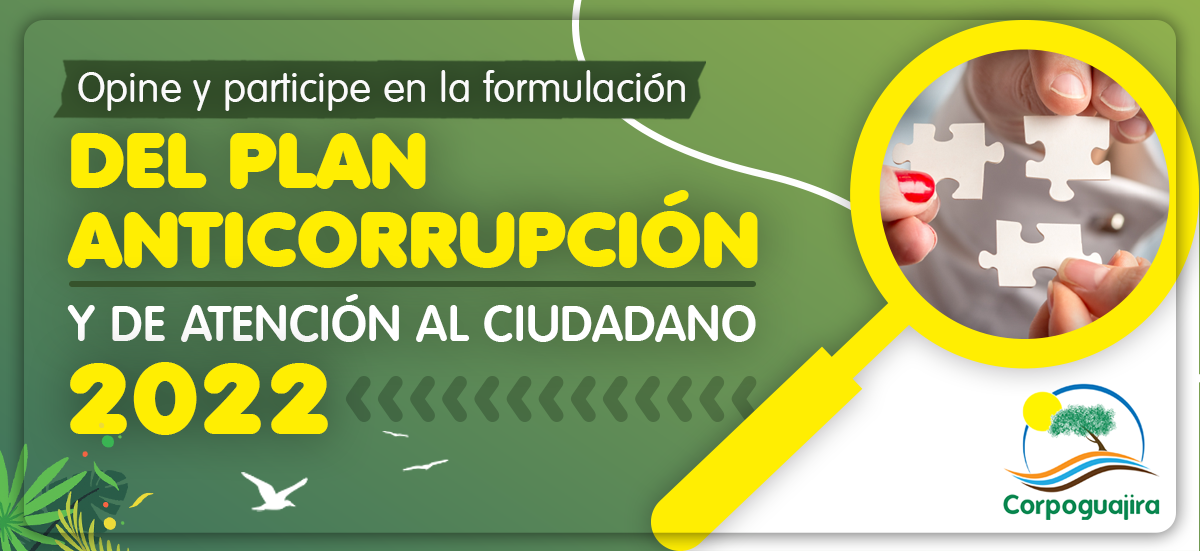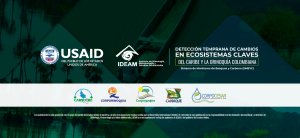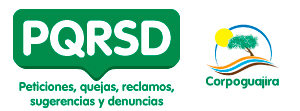G-g
Natural gas. Gaseous mixture of hydrocarbons in which methane predominates (CH4). It is formed inside the Earth, in sedimentary basins where it can be associated with oil. It is combustible and has industrial and domestic applications. Can be transported from producing regions by pipelines (gas pipelines).
Gas. Substance in gaseous state. The gaseous state is one of the states of matter, characterized by free movement, al azar, of the particles (atoms, ions or molecules). The massive passage of a substance to the gaseous state (boiling) occurs when its vapor pressure equals the external pressure. In water, at pressure of 1 atmosphere, the transition from liquid to gaseous state (water steam) occurs at a temperature of 100 ºC.
Greenhouse gases. Gaseous chemical compounds such as carbon dioxide and methane whose discharge into the atmosphere contributes to the greenhouse effect.
Acid rain generating gases. Gaseous chemicals such as sulfur and nitrogen oxides that are released into the atmosphere where they can form acids.
Pipeline. Pipe for the conduction of gas for industrial or domestic uses.
Diesel oil. Petroleum distillation product. It is a volatile liquid, used as fuel in diesel engines.
Gasoline. Light hydrocarbon mixture. Volatile, flammable, characteristic odor, It is used as a fuel in internal combustion engines and has industrial applications as a degreaser, solvent and synthetic raw material. It is obtained by distillation of petroleum, by hydrogenation of carbon or carbon dioxide, by cracking or breaking of long chain hydrocarbon compounds and by polymerization and hydrogenation of short chain hydrocarbons.
Georeferencing. Location in space using a geographic coordinate system or from a cartographic projection (Mercator Universal Transversal, Lambert, etc.).
Germplasm. Set of hereditary material that is transmitted in reproduction to offspring through gametes or reproductive cells.
Environmental management: It is the set of human activities that aims to order the environment and its main components, as they are: politics, environmental law and administration.
Urban solid waste management. The set of activities aimed at giving them the most suitable destination and according to their characteristics, for the protection of human health, natural resources and the environment. Understand collection operations, almacenamiento, transporte, treatment and disposal or transformation necessary for reuse, its recovery or recycling.
Management of toxic and hazardous waste. The set of activities aimed at giving toxic and dangerous waste the most suitable final destination according to its characteristics. Understand collection operations, almacenamiento, transporte, treatment, recovery and elimination of the same.
Toxic and hazardous waste manager. The owner authorized to carry out any of the activities that make up the management of toxic and dangerous waste, whether or not they are the producer.
Gigawatt. Unit of power equivalent to 109 in. Abreviatura G.
Gigawatt hour. Unit of energy equivalent to 109 wh. Abbreviation Gwh.
Gimnospermas. Phanerogams with naked ovules. They are older and more primitive than Angiosperms. It includes, among other groups, to the Conifers.
Gleysol. Intrazonal soil. It is a watery soil. Its upper horizons are rich in humus, insoluble ferruginous compounds accumulate above the water table, Below this level, soluble ferruginous compounds accumulate, forming a characteristic brown horizon called the gley or G horizon.
Degree centigrade. Hundredth of the scale between the fixed points 0 and 100, where zero corresponds to the melting temperature of water saturated with air at a pressure of 760 mm Hg y 100 at the boiling temperature of water under the same conditions. Abbreviation ºC.
Gram. Unit mass. It is one thousandth of the kg. Abbreviation g.
Great forest fire. Sinister that has involved the burning of a surface greater than 100 hectares.
Shot. Particulate metallic material in grains or chips.
Granza. Particulate material that appears as waste after classification processes, treatment or recycling of various substances. There are charcoal chaff, metallic, minerals, of plastic. The pellets from recycling plastics can be reused or incinerated.
Fat. Triglyceride or triester of glycerol and fatty acids. Fats are lipophilic and hydrophobic substances, this is, insoluble in water and soluble in organic solvents. Animal fats usually contain saturated fatty acids and are solid at room temperature. Vegetable fats usually contain unsaturated fatty acids and have a lower melting point, so they are liquid at room temperature, in which case it is customary to call them oils. In living beings, fats are energy and reserve substances. They are an important component of the diet.
Engrave. Place where gravel and gravel are extracted. Gravel pits are detrital deposits formed by generally rounded coarse particles, smaller than the pebbles and typically of alluvial origin.
Age group. Population between certain age ranges or classes































Leave a reply
I am sorry, you should be connected to post a comment.